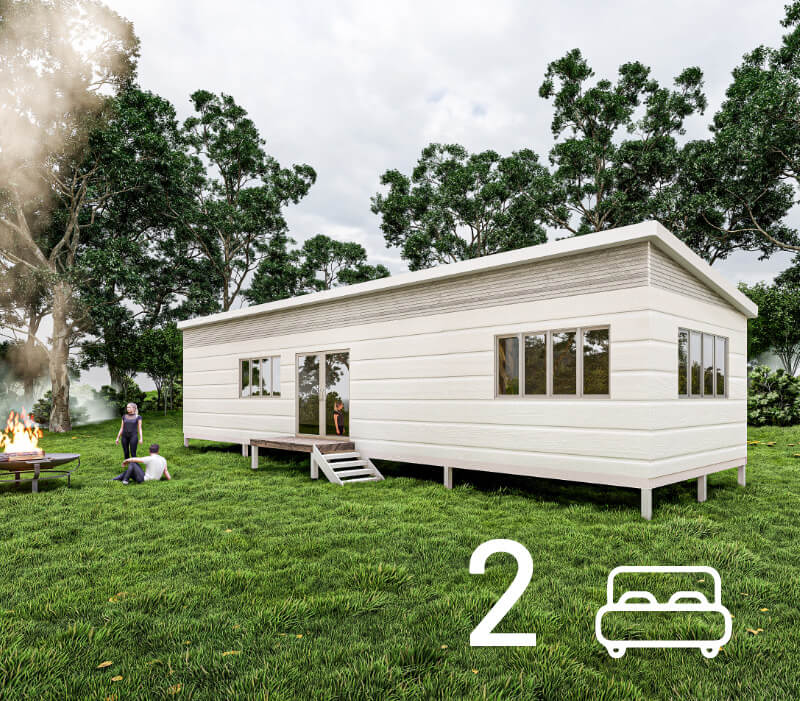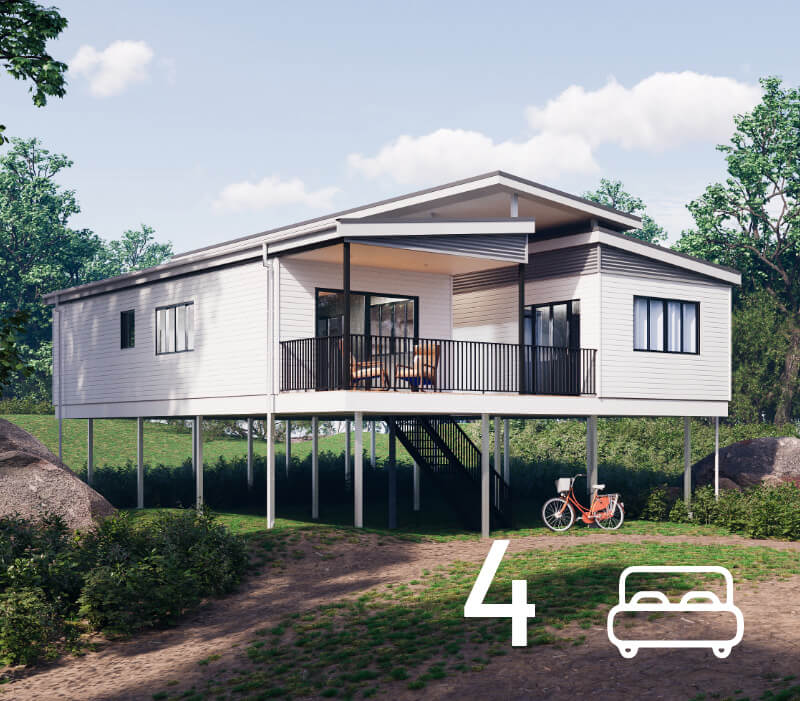Queensland Second Dwelling Laws
Understanding the New Queensland Law:
Secondary Dwellings
The rising housing costs in Australia have created challenges for many individuals, especially young people and low-income earners, making home ownership increasingly difficult. This situation has been termed a "housing crisis." In response to this issue, the Queensland Government has implemented changes to the laws governing secondary dwellings to promote housing diversity, affordability, and flexibility. It is crucial to grasp these changes to maximize benefits and comply with government regulations.
Defining Secondary Dwellings
Self-contained and separate living unit
A secondary dwelling refers to a self-contained and separate living unit that accompanies the primary dwelling on a property. Typically situated on the same lot as the main residence, it is designed to function as an independent living space.
The most common type of secondary dwelling is the granny flat, a small, self-contained unit either attached to the existing house or built as a separate structure within the property. Granny flats typically include living areas, a kitchenette or full kitchen, bathroom facilities, and a separate entrance.

Changes to Occupancy Rules
During times of high living costs
Previously, owners of secondary dwellings were limited to renting these structures to immediate family members. However, the new Queensland law has eliminated this restriction, allowing secondary dwellings to be rented to anyone.
This change not only provides a wider range of affordable housing options but also offers household owners an opportunity to generate additional income during times of high living costs.
Simplified Planning Assessment
Streamlining of the approval process
The new Queensland law has done away with the need for planning assessments regarding how household members will occupy the secondary dwelling together. The government believes that such considerations should not dictate land management decisions. This streamlining of the approval process enables homeowners to construct secondary dwellings with fewer restrictions, faster approval times, and greater flexibility.

Factors Remaining Unchanged
Certain factors pertaining to building a secondary dwelling remain unaffected. It is still necessary to discuss the proposed secondary dwelling with the local council and seek developmental approval if required. Additionally, all secondary dwellings must obtain building and fire safety approvals.
Tenancy agreements also remain unchanged.
The Residential Tenancies Authority will continue to advise on the most suitable agreement type for your secondary dwelling.
Secondary Dwellings with WCH
Owning a secondary dwelling under the new Queensland law can be highly advantageous, offering additional income and supporting the local community. Queensland House Removers (QHR) in conjunction with Wright Choice Homes (WCH) provides a range of Modular Homes and Granny Flats of various sizes and prices for purchase. To explore these high-quality removable houses, click here. The friendly team at WCH is available to assist you in navigating the world of secondary dwellings, and you can contact us here.
Information for Current Owners
If you already own a secondary dwelling, you can benefit from the new Queensland law. You now have the option to rent your secondary dwelling to anyone, provided planning approval was not required for its construction. If your current approval imposes restrictions on how the dwelling can be occupied, you have the opportunity to apply for modifications.
Before renting out your secondary dwelling, several important considerations must be made. Ensuring that you have the necessary building approvals, especially regarding fire safety, is of utmost importance.

For more information about the new Queensland law on secondary dwellings and its benefits, visit the government site.
Ask me anything!
Explore the right home for you ENQUIRE TODAY!













